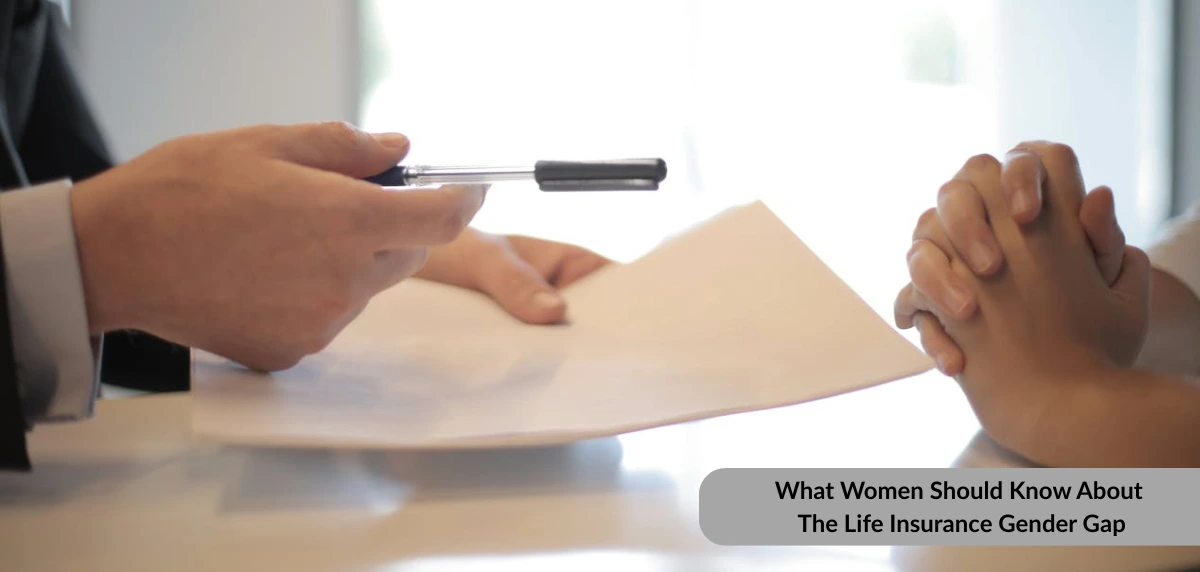Despite having made progress in education, employment, and many areas of financial independence, Indian women still lag behind when it comes to getting a life insurance cover.
According to data from the Insurance Regulatory and Development Authority of India (IRDAI), the share of life insurance policies sold to women dropped slightly from 34.7% in 2021–22 to 34.2% in 2022–23. This may seem like a small difference. However, it reflects a deeper issue at multiple levels that need attention. The women and life insurance gender gap is real, and understanding it is the first step toward addressing it.
Reasons for Gender Gap in Life Insurance
To start with, let’s look at some common reasons women may be falling behind in life insurance coverage.
1. Lower Financial Participation
It may be true that today, more women than ever are employed and earning. However, another bitter truth is that earning women are still not primary decision-makers in financial matters at home. More often than not, it is the men who make the major financial decisions. This micro issue often results in women relying on spouses or family members to buy insurance, leading to worrying statistics on the life insurance gender gap on a macro level.
2. Career Breaks and Irregular Income
A large number of women take career breaks for various reasons, whether it be for childcare, elder care, or other family responsibilities. This results in career and income stagnation, which may lead women (and others) to believe that they do not require insurance coverage.
3. Lack of Awareness
The lack of financial literacy and participation in financial matters results in low insurance awareness among women. Even when they have surplus funds in their hands, they may not be aware of how exactly to proceed when it comes to term insurance for women. They may end up choosing coverage that does not fit their needs or budget.
4. Social and Cultural Factors
In many traditional societies, gender roles are designed to position men as financial protectors, while women focus on caregiving. This outdated belief makes people (and women themselves) assume that only men need life insurance, which further increases the women and life insurance gender gap.
5. Ignoring the Homemaker’s Contributions
A homemaker contributes to a household in many ways, from taking care of the children and the elders to ensuring the daily errands are completed on time. The cost of replacing the labour that homemakers provide can be extremely challenging. However, as homemakers are not employed and do not earn on a formal level, their contributions to the household are often overlooked. For this reason, homemakers – who are usually women – may not be considered strong candidates for life insurance coverage.
How to Overcome the Gender Gap in Life Insurance?
While it may not be possible to resolve all the above challenges at once, here are a few suggestions to improve the statistics on the life insurance gender gap.
Step 1. Increase financial literacy amongst women. They should be taught about financial independence, budgeting, saving & investing, insurance coverage, and more. They should also learn about taxation. While there are no specific income tax slabs for women, they can benefit from the general tax deductions and exemptions.
Step 2. Understand that women may need different insurance coverage than men. As women may take career breaks or have an irregular income path, it is important to realise this distinction and curate term insurance for women accordingly. Insurers could provide riders that allow for premium waivers in case of career breaks and other such benefits to make term insurance more lucrative for women.
Step 3. Increase awareness about the MWP Act (Married Women’s Property Act), which ensures that it is the wife who receives the life insurance proceeds of her deceased husband’s policy and not any creditors or other successors. This can ensure that more women are aware of the benefits of insurance and may even opt for a policy themselves.
By taking small but confident steps, the women and life insurance gender gap can be narrowed. It is never too late for every woman to secure her future with confidence and claim her rightful place in the financial planning sphere.

























